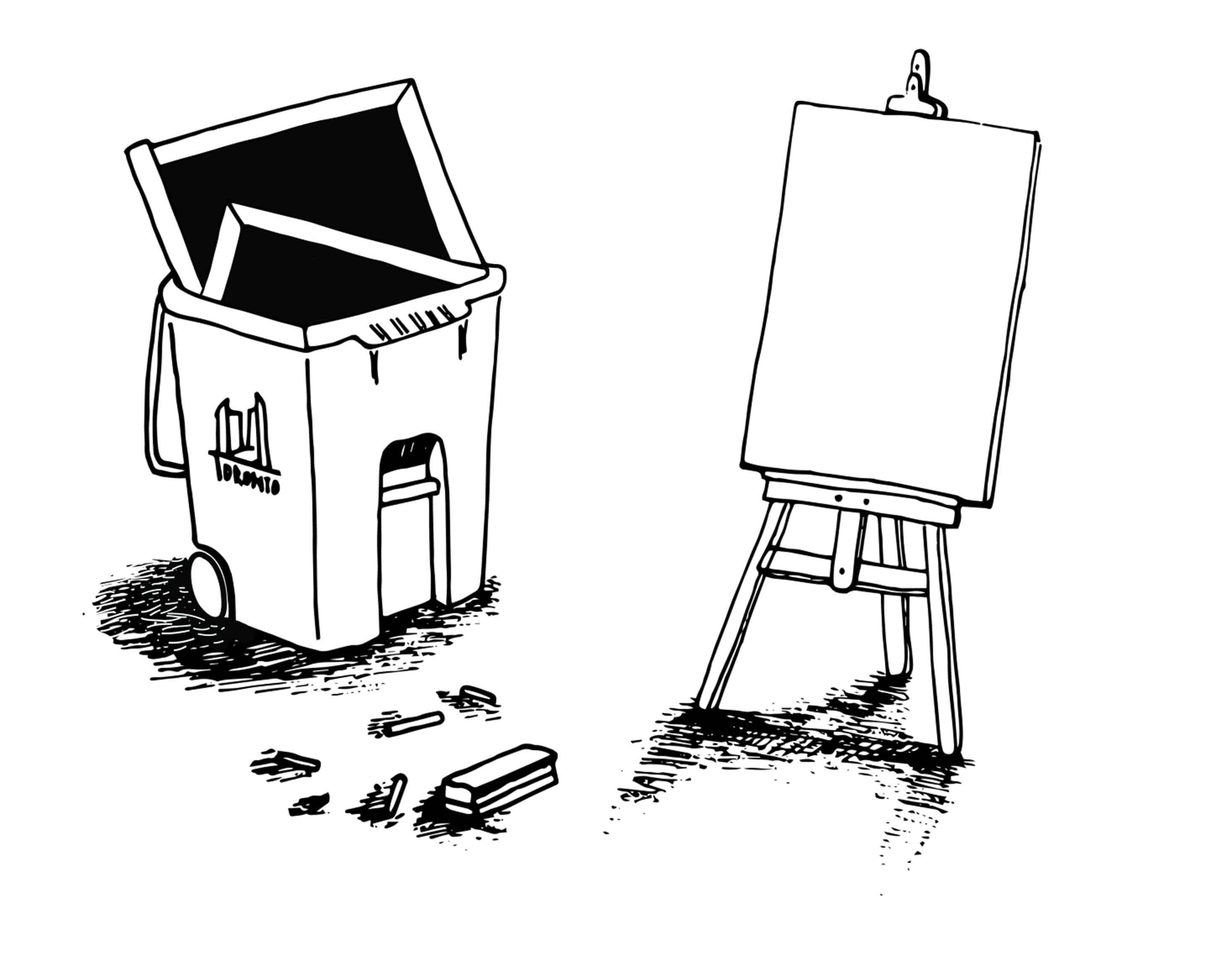Following a comprehensive consultation, U of T has selected Canvas as its next online learning management system (LMS), replacing Portal. Canvas will undergo quality testing in the coming months and is expected to be completely implemented by September 2018.
The project was undertaken by the Academic Toolbox Renewal Initiative that, as its website states, sought to find a LMS that was less “clunky and out of date,” a critique people often have of U of T’s current system, Portal, which has remained mostly stagnant in the past decade.
Canvas is developed by Instructure, an educational technology company based in Salt Lake City, Utah. The program is promoted as “the 21st century LMS,” emphasizing its extensive customizability, which allows for it to be adapted uniquely based on the needs of individual institutions and classes.
Susan McCahan, U of T’s Vice-Provost for Innovations in Undergraduate Education, compares Canvas to the functionality of a smartphone. “It has an underlying base platform of functionality but then you can plug in almost seamlessly other types of functionality,” she said.
Professors will be able to choose from a variety of applications that help them “tailor [the LMS] to the type of pedagogy that they think is a good fit for their particular course,” said McCahan.
The Academic Toolbox Renewal Project was launched under the executive sponsorship of McCahan and Scott Mabury, U of T’s Vice-President University Operations.
The consultation process began in 2015 and took into consideration feedback from the university community. The project aimed to find a replacement for the current learning portal that would better fit the needs of U of T students and faculty.
Canvas, alongside two other systems that were considered, was evaluated by a variety of members from U of T’s faculty and student population. Canvas was found to be “well-received, particularly around user interface,” according to the Academic Toolbox Renewal Project.
McCahan hopes that the move to Canvas will encourage faculty to “think about the ways in which they’re designing learning experiences and the ways in which they’re using online systems to facilitate all of those things that are important in learning.”
The flexible nature of Canvas also helps U of T keep up to date with new technologies. Its adaptability allows for the new technologies to be easily adopted as soon as they become available and approved.
In an email to The Varsity, Mathias Memmel, President of the University of Toronto Students’ Union, said, “Students have been complaining about Blackboard for years, so hopefully [the implementation of Canvas] will be a positive change.”
A set of common criteria were established as part of the consultation process to ensure that the new system chosen will be an acceptable option for U of T. The standards take into consideration important factors such as accessibility, data security, and privacy.
When asked about data security, McCahan explained that Canvas is run through a privacy risk assessment process prior to being acquired. Strict obligations around ownership and information resources were negotiated in U of T’s contract with Instructure; student data will not be open or accessible and will only be accessible using a UTORid.
“The university maintains ownership of all student information and the vendor cannot repurpose it, reuse it, disseminate it, or anything else,” said McCahan.


